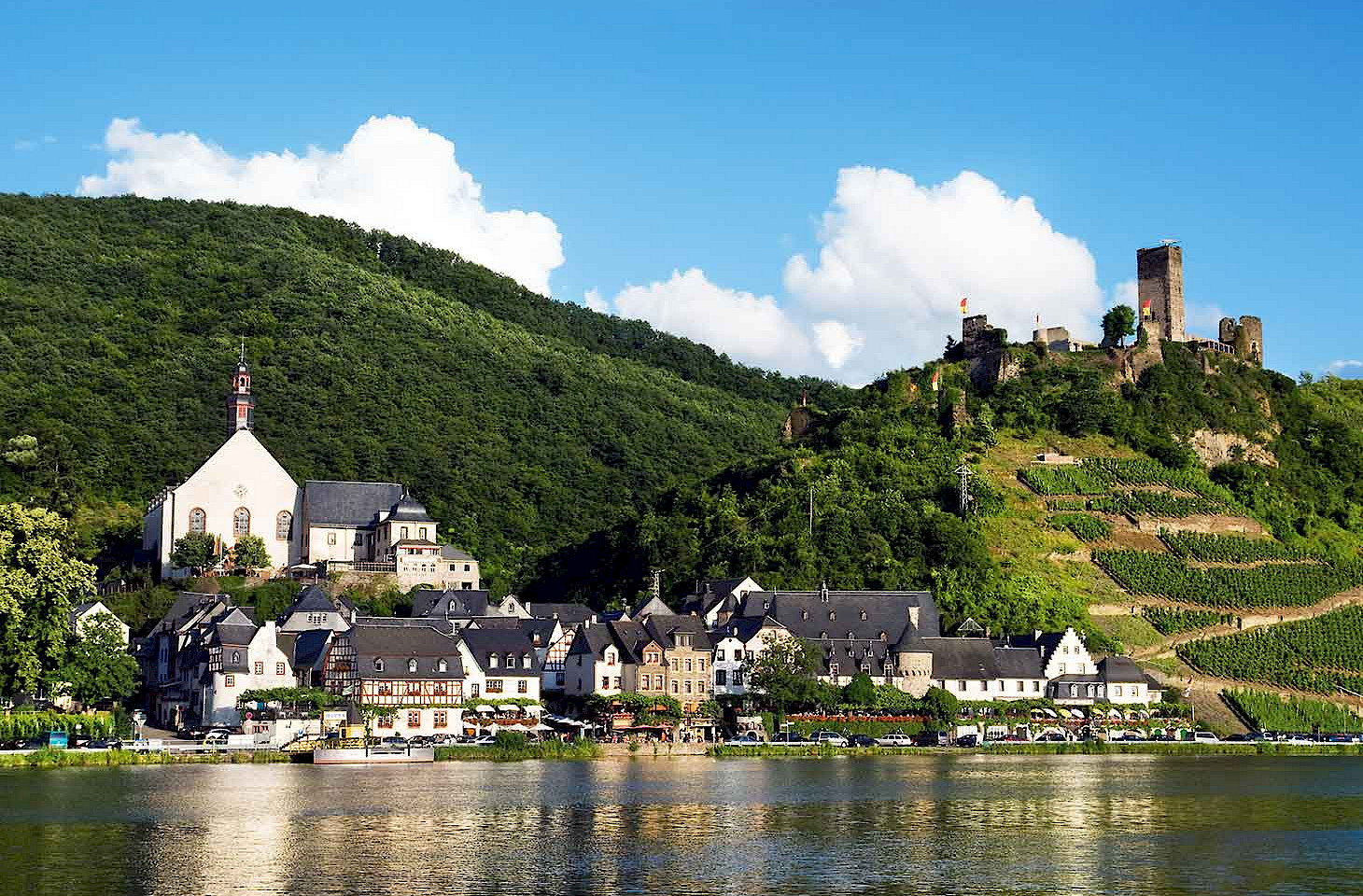Dear fellow travellers
European history is awash with famous letters. One of our favourites is Émile Zola's celebrated open letter to the French president in defence of a French army officer falsely accused of treason. Zola's intervention in the Dreyfus Affair with his remarkable "J'accuse" letter was a splendid example of the power of words — though Zola was quickly on board a train out of Paris as he opted for voluntary exile in England rather than arrest and detention in France.
A picture, so they say, is worth a thousand words, and perhaps the most famous letter in art is that which the Cossacks allegedly sent to the Turkish Sultan in 1676. If you like the work of Ilya Repin, then you'll probably share our enthusiasm for the Russian artist's gutsy painting recalling the Reply of the Zaporozhian Cossacks to Sultan Mehmed IV of the Ottoman Empire.
The Cossacks, you may remember, were none too happy with the Sultan who had written demanding that the Cossacks submit to his authority. The Cossacks replied with an angry parody of the Sultan's own letter, delivering a tirade of invective of such force that even Malcolm Tucker might have been floored. Repin captures the moment when a scribe was composing the letter, surrounded by Cossacks gleefully suggesting insults. The result is a wash of colour and many shades of mirth.
Were it not for the Cossacks' letter, and for its commemoration on canvas by Ilya Repin more than two centuries after it was allegedly written, most of us would probably have barely heard of the city of Zaporizhia in the Dnieper Valley in central Ukraine. Some of the former Cossack lands were flooded in the great hydro-electric projects of the late 1920s and thereafter. A number of dams were built in the Dnieper Valley, creating the string of reservoirs which nowadays are a dominant element in the regional landscape.
Zaporizhia benefits from its riverside location; the municipality extends over both banks of the River Dnieper and includes a large mid-river island called Khortytsia. Few patches of territory have been the subject of such intensive myth-making as Khortytsia. It was here on this rocky island that the Zaporozhian Cossacks were said to have gathered indignantly to write their retort to the Sultan. Ukrainian epic poems (know as dumy) recall the heroic achievements of battle-hardened Cossack leaders who cocked a snoot at the Sultan, elevating these figures to national icons. So there's a touch of Ukrainian national identity tied up with Khortytsia, and a visit to the island can have all the qualities of a pilgrimage. Think of it as a Ukrainian equivalent to the English visiting Runnymede (with its Magna Carta connections) or the Swiss taking a trip to the meadow at Rütli where the Old Swiss Confederacy was formed.
Khortytsia is a perfectly nice spot. There's a touch of wilderness in its rocky coastline, and Ukrainians often claim that all of the main landscape elements of their country are mirrored in Khortytsia. There are steppes, wetlands, even some miniature mountains. There are certainly some striking ravines. But Cossacks there are none. For the Zaporozhian Cossacks moved away not long after they wrote their famous letter to the Sultan. In time, they were replaced by Mennonites from the Baltic, but they too moved on - not always voluntarily.
So today's visitors to Khortytsia Island find a fake 17th-century encampment, recalling the fortified camps (called sichi) where the roaming Cossacks would gather and plan their next round of steppe piracy. The Khortytsia fort houses a museum which recalls the history of the Zaporozhian Cossacks. The strange thing is we really know very little about them, beyond the suggestion that they once wrote a very insulting letter to the Sultan. But even that is in doubt. Were it not for Ilya Repin's painting, the Zaporozhian Cossacks might never have so forcefully entered the wider European imagination.
Nicky Gardner and Susanne Kries
(editors, hidden europe magazine)




